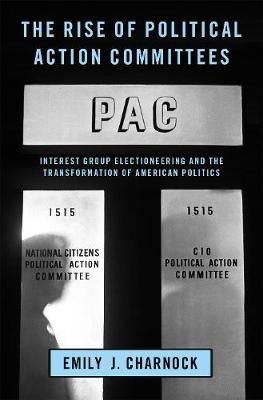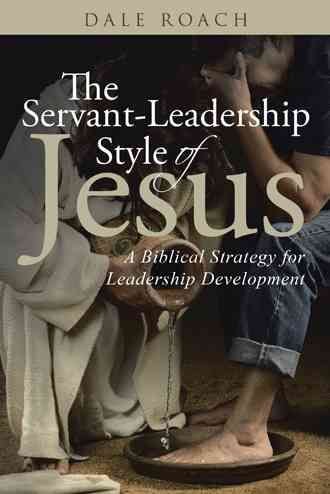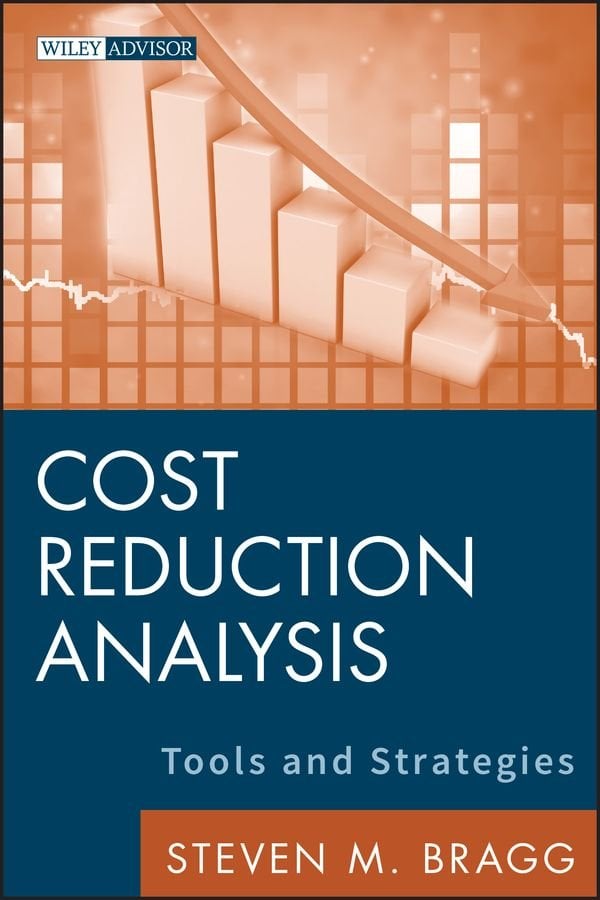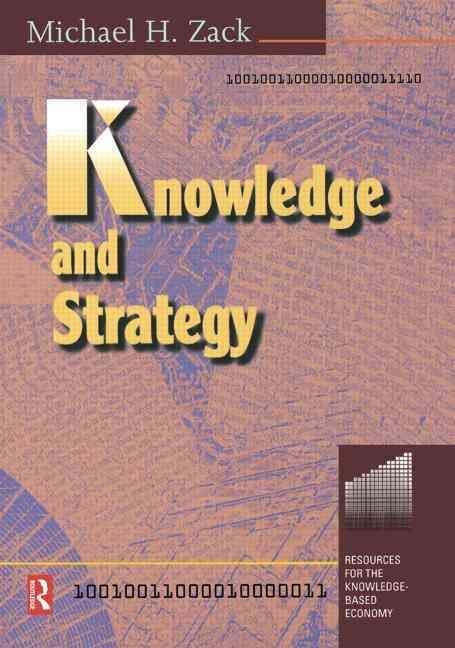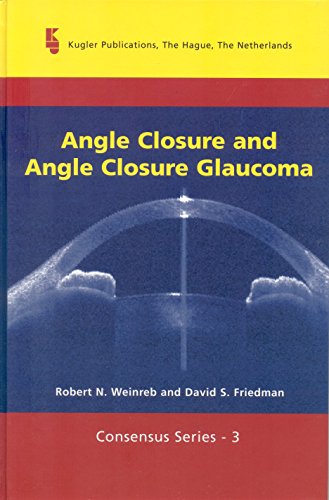This book explores the origins of Political Action Committees (PACs) in the mid-20th Century and their impact on the American party system. It argues that PACs were envisaged, from the outset, as tools for effecting ideological change in the two main parties, thus helping to foster the partisan polarization we see today. It shows how the very first PAC, created by the Congress of Industrial Organizations (CIO) in 1943, explicitly set out to liberalize the Democratic Party, by channeling campaign resources to liberal Democrats while trying to defeat conservative Southern Democrats. This organizational model and strategy of dynamic partisanship" subsequently diffused through the interest group world - imitated first by other labor and liberal allies in the 1940s and ’50s, only to be adopted and inverted by business and conservative groups in the late 1950s and early ’60s. Previously committed to the “conservative coalition” of Southern Democrats and Northern Republicans, they came to embrace a more partisan approach, and created new PACs to help refashion the Republican Party into a conservative counterweight. The Rise of Political Action locates this PAC mobilization in the larger story of interest group electioneering, which went from a rare and highlycontroversial practice at the beginning of the 20th Century to a ubiquitous phenomenon today. It also offers a fuller picture of PACs as far more than financial vehicles, but electoral innovators who pioneered strategies and tactics that have come to pervade modern US campaigns, as well as transform the American party system"–
